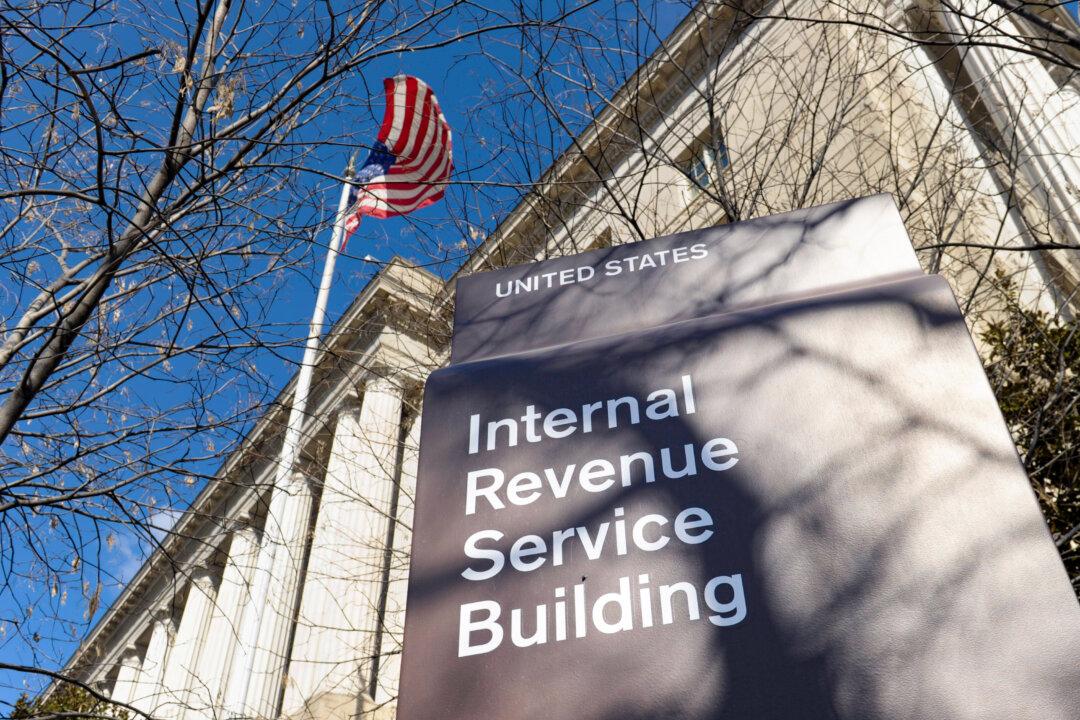A watchdog review of how the Internal Revenue Service (IRS) stores old tax records contains the embarrassing finding that the tax agency has lost track of thousands of microfilm cartridges containing millions of sensitive business and individual tax records of Americans.
The report, issued on Aug. 8 by the Treasury Inspector General for Tax Administration (TIGTA), blamed the IRS for being sloppy in the way it handles sensitive taxpayer information that could be used by criminals to commit identify theft and tax fraud.





